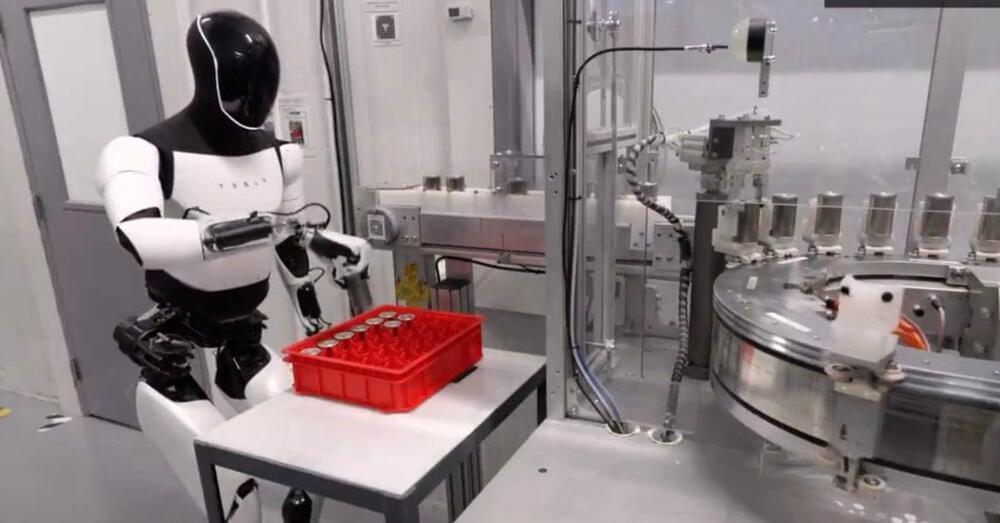New simulations support the existence of Planet Nine. We won’t have to wait long before they can be tested with the Vera Rubin Observatory.
Often perceived as abstract and challenging, physics covers fundamental aspects of the universe, from the tiny world of quantum mechanics to the vast cosmos of general relativity. However, it often comes with intricate mathematical formulations that intimidate many learners. Visual Intuitive Physics is an emerging field that seeks to transform this complexity into accessible visual experiences, making physics more tangible and relatable. By employing visual aids and intuitive methodologies, this approach enhances the understanding of physical principles for students, researchers, and enthusiasts.
Understanding complex physics concepts often requires intuitive visualization that transcends verbal and mathematical explanations. Visualization in physics involves using graphs, diagrams, simulations, and other visual tools to provide a tangible understanding of abstract concepts. For instance, Marr and Bruce emphasized that visual tools significantly enhance conceptual understanding in students by providing concrete ways to comprehend physical laws.
Visualization helps bridge the gap between theoretical concepts and practical understanding. Per Kozma and Russell, visualization is pivotal in building cognitive structures that make understanding and remembering scientific principles easier. This is particularly significant for concepts that lack direct physical analogs, such as quantum mechanics and relativity.
NYU Abu Dhabi researchers have unveiled a novel 2D material improving optical modulation for advanced systems and communications.
Responding to the increasing demand for efficient, tunable optical materials capable of precise light modulation to create greater bandwidth in communication networks and advanced optical systems, a team of researchers at NYU Abu Dhabi’s Photonics Research Lab (PRL) has developed a novel, two-dimensional (2D) material capable of manipulating light with exceptional precision and minimal loss.
Tunable optical materials (TOMs) are revolutionizing modern optoelectronics, electronic devices that detect, generate, and control light. In integrated photonics circuits, precise control over the optical properties of materials is crucial for unlocking groundbreaking and diverse applications in light manipulation. Two-dimensional materials like Transition Metal Dichalcogenides (TMDs) and graphene exhibit remarkable optical responses to external stimuli. However, achieving distinctive modulation across a short-wave infrared (SWIR) region while maintaining precise phase control at low signal loss within a compact footprint has been a persistent challenge.
If you’re still rinsing your teeth with water after brushing them, it may be time to stop. There are actually some benefits to leaving that extra bit of toothpaste on your teeth. I used to rinse after brushing my teeth — and even went back over them with a wet toothbrush — to remove any remnants of toothpaste left in my mouth. But then I found out from a dentist’s TikTok video that doing that isn’t the most effective method of keeping your chompers in good shape.
Instead, I now spit out as much toothpaste as I can without swishing with water, so I can allow the toothpaste to do its job just a little longer. However, I wasn’t sure why I was doing this — or what the benefits were — until I spoke with an expert.
I talked to Dr. Edmond Hewlett, consumer advisor for the American Dental Association and a professor at UCLA School of Dentistry, to find out why you shouldn’t rinse your mouth with water after brushing your teeth. Here’s the answer. For more tips, here’s why you should floss before brushing your teeth.
Tesla has released a new video of a prototype of Optimus, its humanoid robot, and it created some controversy as some disagree about how impressive it is.
Last month, Elon Musk gave an update on the timing for the rollout of Optimus. The CEO says that Optimus is already performing factory tasks inside its lab. He believes that Optimus will be used to perform real tasks inside actual Tesla factories by the end of the year.
Furthermore, Musk said that he believes Tesla could start selling its Optimus humanoid robot to customers outside of the company by the end of 2025.
Meta’s AI boss, Yann LeCun, said that the company has invested $30 billion in NVIDIA AI GPUs for AI training, new Llama 3 models coming soon.
Chemistry, with its intricate processes and vast potential for innovation, has always been a challenge for automation. Traditional computational tools, despite their advanced capabilities, often remain underutilized due to their complexity and the specialized knowledge required to operate them.
Now, researchers with the group of Philippe Schwaller at EPFL have developed ChemCrow, an AI that integrates 18 expertly designed tools, enabling it to navigate and perform tasks within chemical research with unprecedented efficiency. Their research is published in Nature Machine Intelligence.
“You might wonder why a crow?” asks Schwaller. “Because crows are known to use tools well.”
The Silicon Hospital is OpenWater’s revolutionary open-source software and hardware platform.








